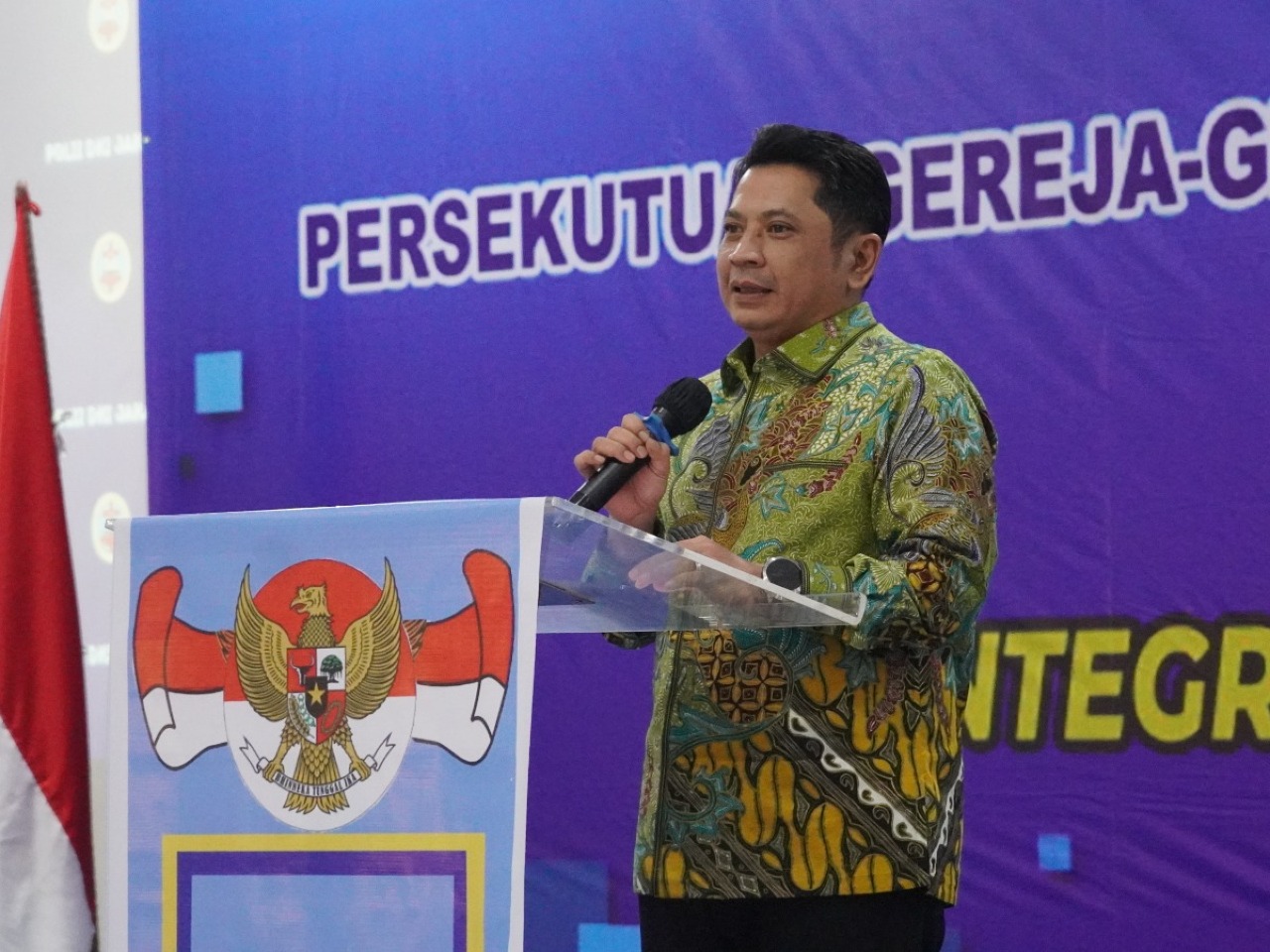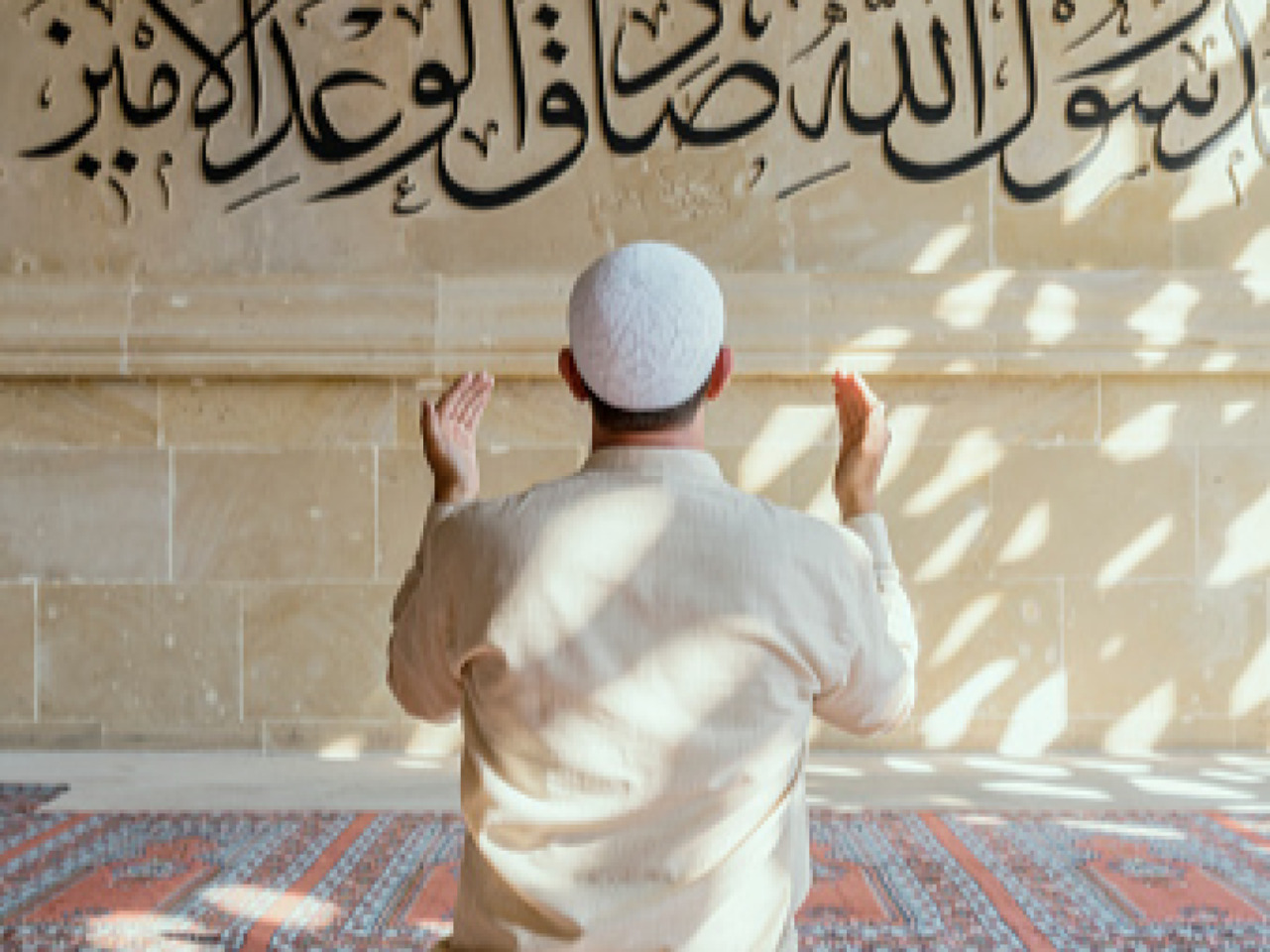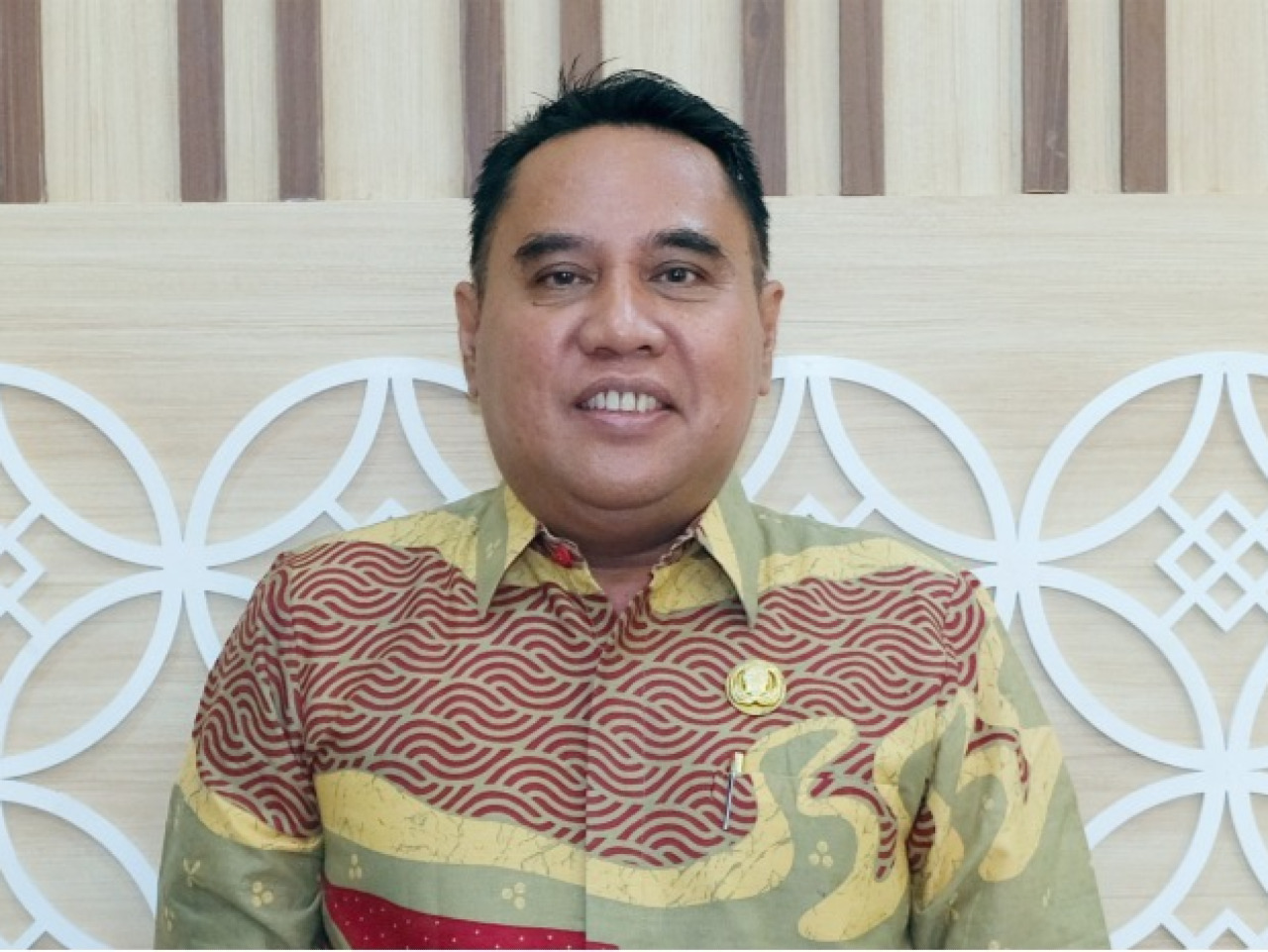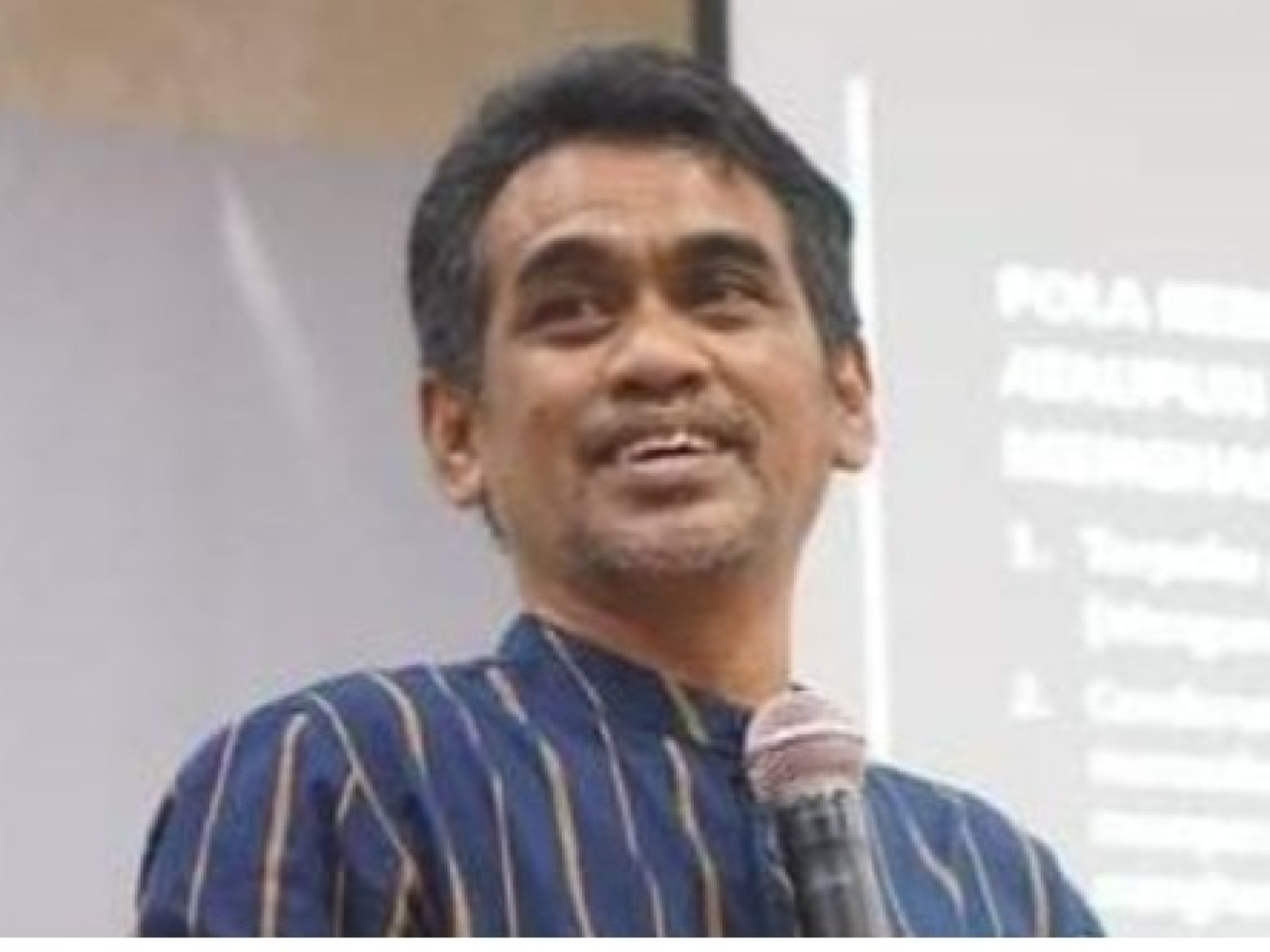Social Movement and Islamic Activism

Review Essay
Social Movement and Islamic Activism:Emergence, Process and TrajectoriesÂ
Djayadi Hanan
 Book Reviewed: Wiktorowicz, Quintan. 2003. Islamic Activism: A Social Movement Theory Approach. Bloomington and Indianapolis: Indiana University Press.Â
           This book is meant to contribute to two fields of inquiries: social movement theories and Islamic studies. For Islamic studies this book aims “to propose social movement theory as a unifying framework and agenda that can provide effective mode of inquiry to further the boundaries of research on Islamic activism†(p.4). For social movement theories it offers cases in Muslim countries that can provide new testing grounds for social movement theory.
These two objectives imply a scholarly effort to expand the universe of social movement cases to not only encompass Western democratic setting—where most of social movement theories were originally developed--but also to less open/democratic political systems. The book focuses mainly on the Middle Eastern countries including Iran and Turkey. Similar works on expanding the social movement universe of cases, although not focusing on Muslim countries, have also been conducted by Schock (1999, 2005) on people power movements in the Philippines, Burma, Thailand, Nepal, China, and South Africa; and Bourdieu (1999) on people power movements in Indonesia and the Philippines. Part of Schock’s and Bourdieu’s argument is that the social movement theory can be applied to and enriched by cases in non-democratic settings.
Â
Examining Islamic activism in this kind of way is very important given the existing gap (chasm) between the two fields of studies. It is also important to look at Islamic activism from the perspective of “post orientalism†which focuses on the subjects’ knowledge rather than imposing the observer’s view on Muslims as object of inquiry that are “unaware of the forces governing their lives†(p. 291). Social movement theory approach, with its current theoretical development can serve this objective. This book focuses on three categories of research areas in Islamic activism: violence and contention, networks and alliances, and culture and framing. The editor humbly claims that by examining these areas, it can be a good starting point in encouraging similar further efforts.Â
The Main Argument
The main argument of the book is that Islamic activism can be understood from the perspective of social movement theories. Islamic activism is not a “distinct phenomenon†that can only be understood by examining Islamic beliefs.
The mainstream accounts on Islamic activism usually point out to grievances or psychological strains that can easily (or automatically) translate into religious idioms and symbols and lead to movement mobilization. This explanation has limited capability especially in explaining why the Islamic movements take various types, forms, and strategies in different time and places.
Departing from this limited explanation, authors in this book, explicitly or implicitly, based on the development in social movement theories, support the idea that the importance of other factors of mobilization process such as resource availability, framing, and opportunity structure can be used to understand Islamic activism. Eleven cases presented and examined in the book show that “the dynamic, process, and organization of Islamic activism can be understood as important elements of contention that transcend the specificity of Islam as a system of meaning, identity, and basis of collective action†(p. 3). As a result, Islamic activism is viewed as a dynamic relationship between Islamic activists and various contexts they encounter in each different setting (countries) and time.
Various cases in this book also imply another important part of the argument that understanding Islamic activism has to start with the “facts†rather than the proxy of the Muslim beliefs underlying the motivation of the movement. The structure of political opportunities approach, for instance, has been able to bring up the facts that violence is not the inherent characteristic of Islamic activism. Thus we are enlightened by Robinson in his article on Hamas that pointing out blindly this movement as terrorist group does not give the whole picture and ignore the dynamic of its development and possible trajectories. Hafez’s careful examination of Armed Islamic Group (GIA) in Algeria brings us to the understanding of the role of state repression together with the closure of the political system in radicalizing the movement which led to its anti-civilian violence strategy. Through a rich description of the case, Hafez has been very persuasive in explaining the connection among political opportunity structure (state repression and closed political system), the structure of mobilization (exclusive organization and anti-system frames), and repertoire of contention of collective actions (violence) chosen by a social movement like GIA. Â
Â
The social movement based examination of Schwedler on the Islamist party in Yemen has been able to show that this party, like other political parties, make and shift alliance along with the changes and dynamics of political opportunity structure. This account is different from the popular explanation which frequently analyzes the Islamist parties by focusing on their beliefs, worldviews, and hidden agendas. Schwedler explicitly suggests that to understand the motives, behavior, and ideology of Islamic activism, the observer has to examine them “first as social movements and only later (if ever) in terms of their particular beliefs†(p. 224).
Benjamin Smith’s study on the mobilization of the bazaaris in Iran found that it will be misleading to assume that the participation of Islamic groups in Islamic activism as always motivated by religion. He describes persuasively that Islamic group like the bazaaris can be politically reactive: responding to the changes of political environment (regime) based on their economic and social interests. Deconstructing the common understanding of the “eternal alliance†between the ulemas and the bazaaris, Smith shows that the “bazaar and mosque alliance†is not always the case. Equally interesting is the finding of Yavuz on Islamic movements in Turkey which challenges the assumption that the Islamist movement will always support Islamic political parties and reject secularization. Yavuz brings up the fact that Islamic group like the modern, market-based Erzurumluar movement in Turkey embraces different attitude toward secularization compared to other Islamic activism. The changes in political opportunity structure and the availability of mobilizing resources have enabled them to frame new meaning and identity as Muslim in the current modern society.
Â
Another important insight from case studies in the book is about the importance of informal network such as families and friends as part of mobilizing structure in non-democratic settings (closed political system) like in many Muslim countries. This informal network is often more important than formal organization in explaining the emergence and process of social movements. This finding challenges the perspective, for example from Tarrow (1998) and McAdam et.al. (2001), which assumes that social movement or contentious politics is usually public or direct confrontation between challengers and the polity. Supporting the idea of the limitation of formal organization from Piven and Cloward (1979) who warns us that formal organization can inhibit the continuation of the movements because of being compromised and co-opted by the elites, Diane Singerman in her essay explains the utility of informal networks of Islamic groups as a more important strategy for them. Singerman is not alone in this finding. Other research of social movement on non democratic setting has also supported the importance and effectiveness of informal networks. Schock (1999) for instance explains that part of the success of people power movement in the Philippines in 1986 was because of the capability of the movement to activate and mobilize more participation and resource by using their informal ties both national and international.
Finally, this book has also shown that using the “post orientalism†approach is fruitful. Most of the authors in this book are non-Muslim, but by focusing on the subjects’ knowledge and the facts gained from the field instead of imposing observer’s view, they can come up with the conclusions and insights that can challenge the popular assumption about Islamic activism which usually associated with the “distinct of Islam†as a belief system and its activists are the fanatics engage in irrational, deviant, or unpredictable violent behavior. On the other hand, the authors were not trapped by their close engagement with their subject of studies because the social movement theories were used as the guidance in playing around with the facts and information from the field. All in all, it is difficult for the readers to see the difference between outsiders and insiders bias in this book. In a nutshell, the authors in this book have been able to skillfully demonstrate theory-driven analysis supported by the richness of the data gained from years of serious field works.
Some Critical Assessments
Having said the good achievements of this book, there are still several questions to raise. The first question is what is the further implication of this study? For example, is Islamic activism a social movement? Or is it only a social phenomenon that can be seen from many perspectives and one of those perspectives is social movement theory? Singerman for example maintains that Islamic activism is not unique but “has elements common to all social movements†and only has specificity because of “the political context within which they operate†(p. 143). If the specific political context refers to the political exclusion and repression of the regime to maintain rule, obviously this is not unique to Islamic activism. Many collective actions in Latin America, Asia, and Africa for example, have similar political contexts. Another issue is how to understand Islamic activism in democratic settings like Islamic activism in India, Indonesia, or even in more developed and advanced democracies like in the United States and the United Kingdom. Do we still need to categorize them as Islamic activism or just social movements?
Â
It seems that the authors in this book still maintain that Islamic activism is distinct because of its “Islamâ€, although many part of it can be understood from the perspective of social movement. If this is true, however, they are not very successful in making the claim, because they can only portray Islamic activism just like other movements, especially on their emergence and strategies. What is distinct about Islamic movement (other than popular views) so that they still need to be called Islamic activism is not offered clearly by the authors.
Second, as admitted by Wiktorowicz in his introduction, their conceptualization about Islamic activism is very broad. It encompasses activities of the Muslims featured by four characteristics. First, it can take place or start from Moslem sites of collective actions such as mosque and Friday gatherings. Second, it is organized mainly by Islamic movement groups, although non-affiliated Muslims frequently participated. Third, demonstrations frequently used as opportunities to articulate indictment against great power such as the US foreign policies, etc. And fourth, it exhibits consistent repertoire of contention such as demonstration, petition, symbolic actions etc. In short the Islamic activism is defined as the mobilization of contention to support Muslim causes, the variety of contention that frequently emerges under the banner of “Islamâ€, including propagation movement, terrorist groups, collective actions rooted in Islamic symbols and identities, explicitly political movement that seek to establish an Islamic state, and inward looking groups that promote Islamic spirituality through collective efforts.
Because of this broad definition, Islamic activism can encompass any collective action related to Islam or Muslim. Throughout the book, the term Islamist movement or Islamist groups and Islamic activism are used interchangeably. Treating Islamic activism this way is good in explaining the emergence and process of the movement but it will be difficult to look at its trajectories. Making them in the same category creates potential caveats of viewing Islamic activism as either as Islamist or as just Muslim-based collective actions.
First, it can lead to the claim that all social movements in Muslim societies aiming at the creation of Islamic system because of Islamist perspective bias. This creates difficulties to understand why several Islamic movement groups do not support Islamic parties such as in Turkey or do not reject the secularization. In other words, can we still consider the movement like this as Islamist? On the other hand, it can lead to social movement bias claiming that Islamic groups are the same as other movements and only want to gain recognition from the polity and new benefits (Gamson, 1990).
Second, it will also be difficult to understand the trajectories of the Islamic activism. Should we view for instance, that all Islamic activism is at the end of the day will create Islamic system or just want more open/democratic societies depends on the mobilizing structure and windows of opportunities they encounter and framing process they can establish? It seems to me that in terms of the trajectories of the Islamic activism, this book will not be able to prevent people to go back to the popular view about the distinct belief system of Islam. We will always be tempted to assume that all Islamic activism have hidden agendas, and if they look for instance more open or democratic, it is only their strategy or tactic as an interface or stepping stone to their ultimate goals.
Making the difference between Islamist movement and Islamic activism will be useful to see this problem more clearly. Islamist movement and other Islamic activism can be the same in its emergence, repertoire of contention and framing process, but they can be so different in measuring their success and trajectories. Islamist movement will not be considered successful until it has the power to implement the sharia for example. On the other side, Islamic activism can be just like other movements, asking more open system or seeking more acceptance and recognition and eventually is ready to politically participate in the new system. The authors in this book, however, categorize both movements in the same category i.e. Islamic activism, although it is very reasonable for example to differentiate between Islamic spiritual groups/sufi from Hamas or GIA.
Perhaps, part of the reason of this is because the social movement perspectives which they use, can only explain the emergence and process of the movement. Social movement theories in general have been criticized for its inability to explain the movement outcomes. For example, Gamson’s explanation (1990) that there are two main outcomes of the movement i.e. acceptance/recognition from the polity and gaining new benefits can only explain the movement in democratic settings, making other movements’ outcome are not clearly addressed.
Third, although this is not the focus of this book, it is however important to ask about the role of human agency in explaining the Islamic activism. It seems to me that the role of human agency in this book is very limited, if any. Wickham mentions about the role of agent in movement mobilization in her article on “Interest, Ideas, and Islamist outreach in Egypt†(pp. 231-249). However, she describes this agent only as “social carrier†of the message of Islam making the agent as a subordinate of structure rather than the creative user of structure as resources. Other accounts in the book mostly point out to structural elements of the movements such as mobilizing structure, state repression, and Islam as the source of framing. But who activate all of these structural elements, who leads the process, what kind of influential activists participated in the movements and what difference do they make were not explained very much by the authors.
There are at least two possible reasons why the role of human agency appears very limited in this analysis. First, by bringing up the human agency, especially the leaders of the movements, it is possible that the authors will fall back into the popular views on Islamic activism because they have to examine and describe the motivation and intention which means they have to go back to the examination of Islam as the system of beliefs (something that is tried to be avoided by the authors). Second, the development of social movement theory especially on resource mobilization theory and the structure of political opportunities, focus very much on factors external to the movements. McAdam (1999) introduces the element of cognitive liberation and solidary incentives but this touches mainly the role of collective agency in transforming the grievances and opportunities into perception of the importance of having collective actions.
The role of human agency, especially leaders in Islamic activism seems to be difficult to be ignored. By reading the explanation of the Islamic revolution in Iran (Kurzman, 1996) for instance, it will be difficult to ignore the role of Khomeini and the difference that the movement would have if the leader was someone else. The role of Sheikh Ahmad Yasin of Hamas should also be explained even if he did not make a difference in Hamas movement and its trajectories. The roles of Egyptian Muslim Brotherhood leaders such as Hassan Al-Banna and Sayeed Qutb seem also too important to be ignored especially in setting the framing of the movement and how Islam is interpreted and make this famous movement different from other Islamic movements. Either because of the limitation of social movement approach or because of the authors intentional avoidance, the role of human agency in this analysis does not appear clearly.
Conclusion
            This review applauds the achievements of Wiktorowicz and his colleagues in their effort to bridge the gap between the study of social movement and Islamic activism. They have been successful in showing that social movement theory is fruitful in understanding that Islamic activism, like other social movement, has dynamic interactions with its environment. Because of its different setting, Islamic activism has also contributed elements such as informal networks that need to be considered in the development of social movement theories. There is still question, however, on how to treat Islam in Islamic activism and what difference does it make in analyzing social movement. This book does not put clear position on this rather than leaving it as the job of Islamic studies scholars.[]Â
Bibliography:
Boudreau, Vincent. 1999. “Diffusing Democracy? People Power in Indonesia and in the Philippines,†Bulletin of Concerned Asian Scholars 31, 4.
Gamson, William A. 1990. The Strategy of Social Protest. Belmont, California: Wadsworth Publishing Company.
Kurzman, Charles. 1996. “Structural Opportunity and Perceived Opportunity in Social-Movement Theory:The Iranian Revolution of 1979.â€American Sociological Review 61: 153-170.
Kurt, Schock. 1999. “People Power and Political Opportunities: Social Movement Mobilization and Outcomes in the Philippines and Burma.â€Social Problems 46, 3: 355-375.
McAdam, Doug. 1999. Political Process and the Development of Black Insurgency, 1930-1970. Chicago and London: The University of Chicago Press.
McAdam, Doug, et.al. eds. 2001. Dynamics of Contention. New York:Cambridge University Press.
Piven, Francis Fox and Richard A. Cloward. 1979. Poor People’s Movements: Why They Succeed, How They Fail. New York: Vintage Books.
Schock, Kurt. 2005. Unarmed Insurrections, People Power Movements in Nondemocracies, Minneapolis: University of Minnesota Press.
Wiktorowicz, Quintan. 2003. Islamic Activism: A Social Movement Theory Approach. Bloomington and Indianapolis: Indiana University Press.
Tarrow, Sydney. 1998. Power in Movement: Social Movements and Contentious Politics. New York: Cambridge University Press.
 Biodata Singkat:
Djayadi Hanan adalah dosen ilmu politik di Jurusan Ilmu Hubungan Internasional Universitas Paramadina. Saat ini Djayadi sedang menempuh pendidikan S3 (Doktoral) di Departemen Ilmu Politik di The Ohio State University (OSU), Columbus, Ohio, Amerika Serikat. Djayadi memiliki gelar Master of Arts (MA) dibidang International Affairs dari Ohio University, Athens, Ohio, Amerika Serikat dan gelar Sarjana dari Jurusan Ilmu Administrasi Negara, FISIP Universitas Sriwijaya, Palembang. Djayadi dapat dihubungi di: jayadi72@gmail.com atau jayadi72@yahoo.com.









